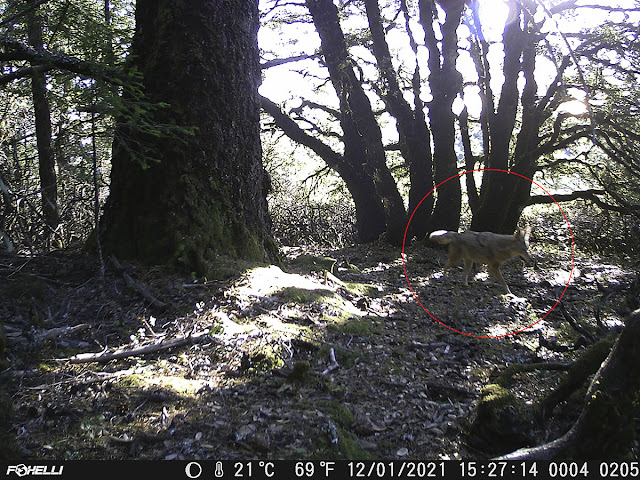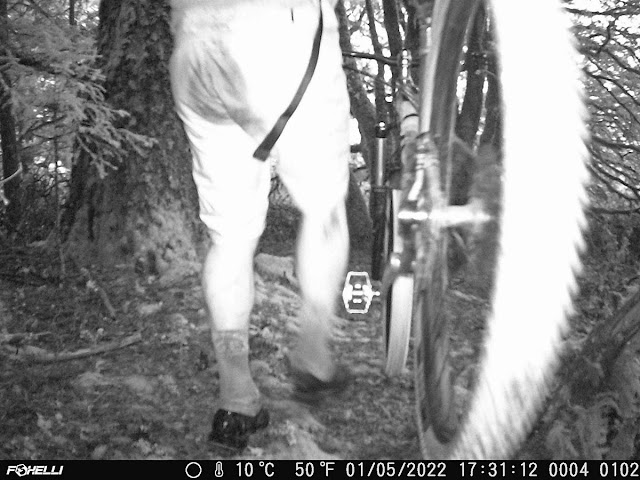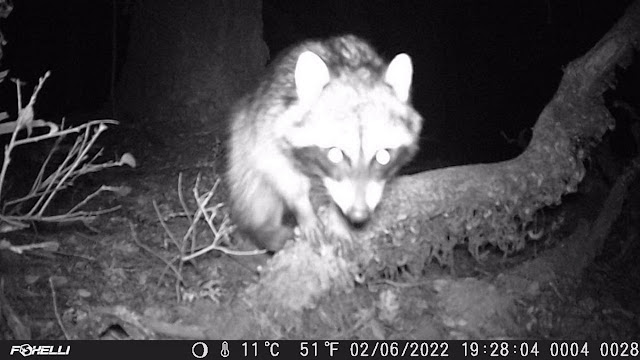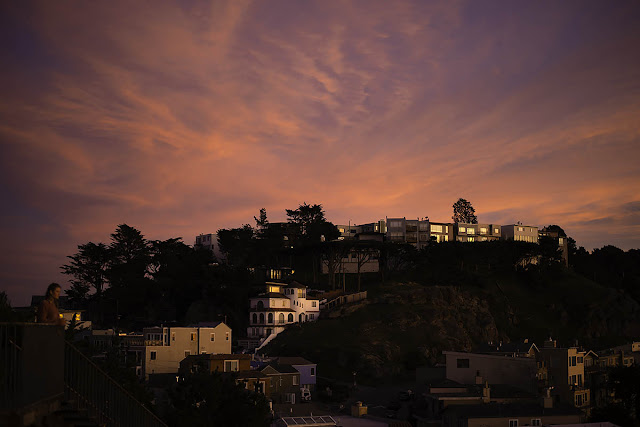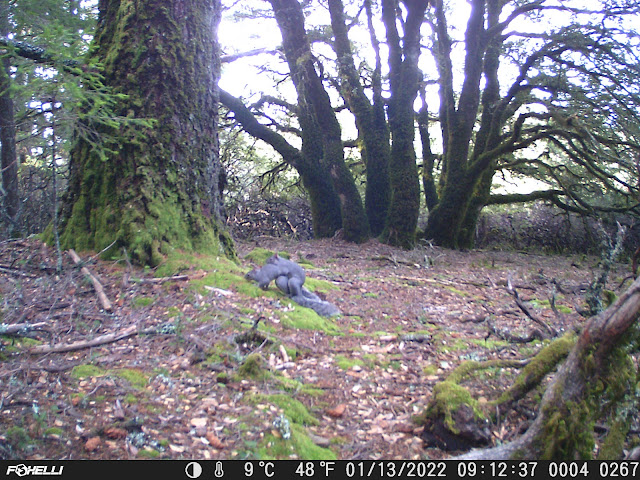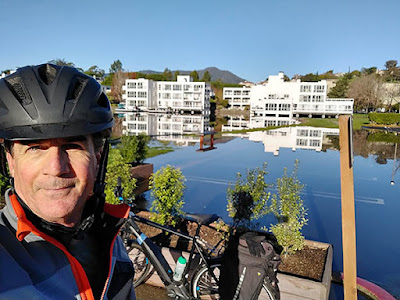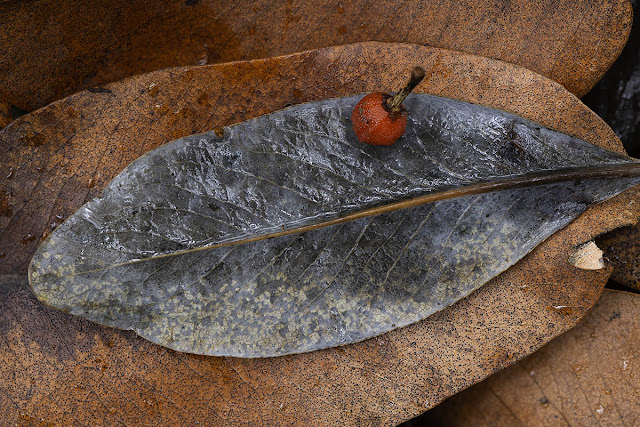 |
| October Sunrise with Mt. Diablo |
“Man is a
creature who can get used to anything, and I believe that is the very best way
of defining him.”—Fyodor Dostoevsky
The quotation
comes from a book about life as a prisoner in a Siberian prison camp, but I read
it in a book about wilderness survival, in the context of a story about a
couple of people lost at sea (Deep Survival, by Laurence Gonzales).
It’s a
sentiment I’ve shared for a long time, ever since I heard about crowded Japanese
subway systems where people are pushed into packed cars. The pusher’s job title was oshiya, and as Wikipedia reports, “In 1975, oshiya packed
commuters into rush-hour trains that were filled to an average of 221 percent
of designed capacity.”
Apparently it’s
gotten somewhat better since then, and the pandemic’s effect on mass transit has
been, and will likely continue to be, considerable. Nevertheless, the image of
people being crammed into sardine cans remains indelible in my mind, and has
long stood for the humorous, sad, and inspiring fact that we always adapt to the
various impoverishments we experience in our lives, from environmental degradation
to urban blight, from price inflation to wage deflation, and from calling money
“speech” and corporations “people” to the gaslighting of common sense.
 |
| Sunrise from Mt. Tamalpais |
When I began
this blog in 2007 as a motivator and creative outlet for travels and
explorations around natural California, I’d been working for environmental
non-profits for nearly ten years. Despite my daily exposure to the myriad ways
in which civilization degrades wild nature and human health, I still felt upbeat
about our chances to fight back, and I felt lucky to have such an interesting
and biodiverse state to explore. I put thousands of miles on my Jeep Cherokee
with no thought of my "carbon footprint," a term rarely used at the time.
Half-way into
2013 I decided to “wipe the slate” on all that travel (including the blog
posts) and concentrate instead on making a deeper exploration of Mt. Tamalpais,
which is fairly close to my home in San Francisco. (I can see East Peak from my
living room window, although someone’s trees down the block have been growing and obscuring the view over the years.)
I’ve been visiting
Mt. Tam for thirty years now. In the beginning there was an off-trail
area I used to explore, a place I called Bobcat Hill. It
offered an emotional salve, even salvation, to a nature-loving guy who lived
and worked in the city. I recently hiked back up to Bobcat Hill for the first
time in well over a decade and was surprised to see that all my old landmarks
had been overgrown. The meadows and animal trails had been smothered by coyote
brush. Even the forest understory was dark and sterile-looking.
 |
| Turkey vultures warm their wings at Vulture Rock, up on Bobcat Hill, in 1996. On a recent visit I couldn't even find Vulture Rock, now completely obscured by chaparral. |
In the Bobcat Hill days I often felt like I had the mountain to myself. Then came Twitter's arrival in downtown San Francisco to usher in the latest tech boom, a boom that would eventually draw many other people like
myself to the mountain, people who needed salvation from the city.
In 2013-14 I would often show up at
the Pantoll gate on Mt. Tam before the park ranger arrived to open it at 7 a.m.
I would park in front of the gate to wait, roll down the windows, turn off the
motor, and listen to birds singing the new day into life. When the ranger opened the
gate I would have the mountain to myself for quite a while. I called that blog project
A Circumannuation of Mt. Tamalpais and brought my photography gear up
to the mountain to explore pretty much every weekend for a year. After the year
was over in May 2014, I took an intermission from the blog for a year or two
(with very few posts in 2015) and allowed myself to arrive for hikes or
photography well after the gate-opening.
The next time
I showed up before 7 a.m., I was surprised to have so much company. I actually had to pull in behind a line of cars already waiting. To
this day it remains that way. Lots of new Mt. Tamophiles. (It would be another few years before crowded conditions led to reservations being required at Muir Woods.) I was recently first in line at the gate and
thought the pandemic might have shifted visitation back to before the latest wave of tech workers, but several more arrivals soon
disabused me that notion. Anyway, it’s not like Mt. Tam has become too crowded, at least not in the manner of Japanese subway trains.
 |
| Sunrise with San Francisco Skyline |
After the Mt. Tam project was over I
decided to do the same kind of thing out at Pt. Reyes. I traded the 17-mpg Cherokee
for a Mazda 3, doubling my gas mileage, but even then I was probably concerned more about the
price of gas to me, personally, than I was to the price of gas to our climate. Like
the parable of the slowly cooking frog, I’ve been getting used to things heating up so slowly that I just accommodate it.
Back in 2007 I
didn’t really think about the term “carbon footprint” which, according to
Wikipedia, “was popularized by a large advertising campaign of the fossil fuel
company BP in 2005…. The campaign was intended to divert attention from the
fossil fuel industry onto individual consumers.”
Occasionally I
will ride my e-bike up to Mt. Tam, but I do still drive there in a car from
time to time. And although I’m a little bit proud of the fact that after more
than seven years I only have 40,000 miles on the Mazda, I do look forward to soon using it to re-explore the world of natural California, which means lots more gallons of gas to burn. (An electric car is only as clean as the powerplant you charge it from, and I can't afford one anyway.)
I can only
wonder what I’ll find as I re-discover natural California. Will it become a place of drought-stricken and impoverished landscapes, burnt forests and dry riverbeds, smoke-filled air and blazing summer heat? Has the California I explored in the
2000s already disappeared forever?
If so, I guess I'll just have to get used
to it. Like those Siberian prisoners and shipwrecked castaways.
 |
| Sunrise with Ridge Silhouettes |
* * *





